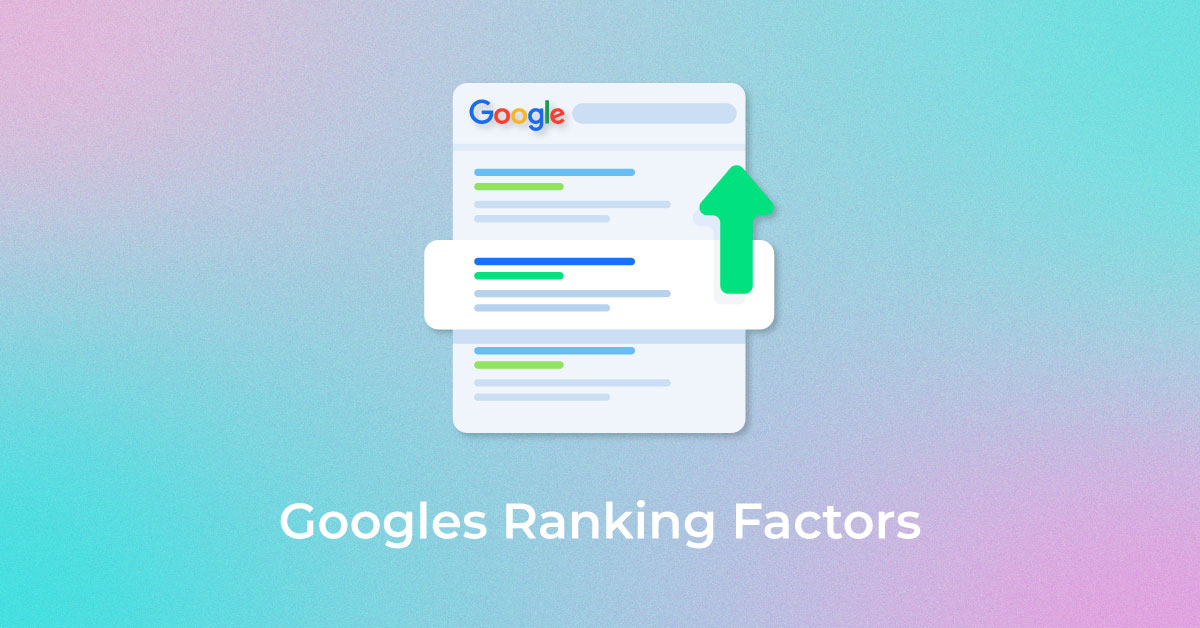Effective content writing is the backbone of any successful online strategy. It’s not just about putting words on a page, but about crafting compelling, informative, and engaging content that resonates with your audience. Whether you’re writing for a blog, website, or social media, understanding key writing techniques can set you apart. One important aspect to consider is integrating SEO services into your content creation process. By optimizing your writing for search engines, you can ensure your content reaches a broader audience and drives more organic traffic to your site
Tips for Effective Content Writing
Content writing, specifically website content writing, is a vital skill in today’s digital world, where clear communication can make all the difference. Whether you’re crafting blog posts, articles, or social media updates, effective content for websites engages readers and conveys your message. If you’re offering content writing services, it’s essential to understand how to produce high-quality content that appeals to diverse audiences. In this guide, we’ll explore essential tips that can enhance your writing skills for web pages. From understanding your audience to mastering the art of storytelling, these strategies will help you create compelling online content that resonates. Embrace these techniques and watch your writing flourish, making a positive impact on your online audience and boosting your confidence as a content creator
Content writing tips and best practices
1. Identify Your Target Audience
To craft content that hits the mark, first, comprehend who you’re writing for. This entails delineating your primary audience – those with decision-making power and a direct line to your content, as well as a secondary audience who may have indirect influence. Consider demographics, behavior patterns, and goals to shape your writing. When exploring what content writing is, it’s crucial to understand how it differs based on the target audience’s needs. Engaging in developing customer personas will help you address your readers’ needs and desires accurately, making your content more relatable and persuasive.
2. Understand the Buyer’s Journey
Comprehending the buyer’s journey is instrumental in formulating effective content strategies. Recognize the phases: Awareness, Consideration, and Decision. Tailor your messages to meet the buyer at each stage with the appropriate content—be it educational articles to generate awareness, comparison guides for consideration, or persuasive testimonials for the decision phase. Additionally, a well-crafted blog post guide can help nurture prospects through each stage, providing valuable insights and actionable steps. By aligning your content with the buyer’s current mindset, you can guide them smoothly toward a purchase or a specific action.
3. Structure Your Content Effectively
Efficient structuring is pivotal, ensuring content is navigable and digestible. Utilize subheadings, a table of contents, and anchor links to facilitate seamless navigation. Employ bullet points, tables, and other formatting tools to simplify information absorption. Logical point arrangement and smooth flow between sections enhance readability while breaking up text with relevant visuals helps maintain reader engagement. Short, concise paragraphs keep the readers’ attention from waning.
4. Write a Compelling Headline
A headline is more than a mere title—it’s a crucial hook that lures readers into your narrative. It should be Brief, evocative, and promise value. Spend time crafting several headlines to strike the right chord with potential readers, then select the most powerful one. A robust headline can intrigue, inform, and entice your audience, significantly increasing the chances of your content being read.
5. Write engaging content
To write engaging content, infuse personality and relevance into your words. Share stories and experiences as they relate to the subject, creating a personal connection with your reader. Use active voice and dynamic verbiage to bring your content to life. Ask questions and encourage reflection to involve your readers in the narrative. Every piece should provide value, whether it’s through entertainment, information, or problem-solving. Engaging content is content that speaks to the heart of your audience and keeps them coming back for more.
6. Stand Out from the Competition
Standing out in a sea of content demands creativity and innovation. Assess what others in your field are doing, then take it a step further. Provide distinct perspectives, delve into untapped topics, or employ a fresh content format. Supplement your writing with diverse media, bespoke images, or interactive elements. Strive for more depth and breadth in your work than your rivals, becoming the go-to resource. Original research and data can also set your content apart, positioning you as a thought leader in your space.
7. Perfect Your Tone of Voice
Refining your tone of voice is integral to cultivating a brand identity that resonates with your audience. It should echo your brand’s core values and adapt to the context of each piece without losing consistency. For formality, alignment with the brand’s ethos, and appropriateness for the target audience, tools like Semrush’s SEO Writing Assistant can provide invaluable feedback on your content’s tone. Remember, a consistent and distinctive tone enhances brand recognition and builds trust with your audience.
8. Edit your work
Editing is non-negotiable for exceptional content creation. Post-writing, scrutinize your work with a discerning eye. Initially, seek typographical and grammatical errors, then pivot to finetuning sentences and pruning redundancy. Utilize tools like Grammarly to aid in this process, but don’t rely solely on them. Ideally, distance yourself from the content after the initial draft, returning with a fresh perspective for editing. Should circumstances allow, enlist a secondary reviewer for an unbiased critique Their fresh eyes can catch overlooked errors and provide constructive feedback.
9. Write a good hook
The power of a good hook is undeniable, anchoring readers’ attention from the outset. Whether it’s stimulating curiosity, eliciting an emotional response, or posing a provocative question, your hook should offer readers a glimpse into the value the rest of your content holds. To truly captivate, it’s about painting the bigger picture or relating the topic to a broader context that resonates deeply with your audience’s interests or pain points. Consider starting with an intriguing fact, a short narrative, or a direct challenge to conventional wisdom. Whatever your approach, ensure it aligns with the tone of the content that follows.
10. SEO optimize your content
Optimizing content for search engines is a strategic endeavor that amplifies visibility. Begin by identifying keywords relevant to your subject matter, aiming for a healthy mix of primary terms and long-tail phrases. Then, integrate these seamlessly into your content, including headings, subheadings, and throughout the body text at a density of 1-2%. Beyond keyword inclusion, optimize your meta descriptions, URLs, and alt text for images to enhance your SEO. Remember to write for humans while adhering to SEO best practices to maintain natural flow and readability.
11. Incorporate Visuals
Enriching your content with visuals is not merely additive—it’s transformative. Visuals aid in comprehension, retention, and engagement. Include images, videos, infographics, or charts that complement and elucidate the text. For example, a step-by-step guide is markedly enhanced by a video demonstration, or a complex concept may be better explained through an infographic. Select visuals that serve a purpose and align with the content’s messages. Ensure they are high-quality and relevant, and don’t forget to optimize with alt text for accessibility and SEO.
12. Analyzing and Improving Your Content
Analyzing and refining your content is an ongoing process vital to the success of your content strategy. Utilize analytical tools such as Google Analytics to track metrics like page views, bounce rate, and conversion rates. Scrutinize the data to discern what captures the audience’s interest and identify areas needing improvement. Perform A/B testing to experiment with different headlines, calls to action, and content formats. Regularly update your content to maintain relevance and accuracy. By iteratively analyzing and enhancing your content, you elevate its quality and performance over time.
13. Include Clear Calls to Action (CTAs)
Clear and compelling calls to action (CTAs) are essential elements of effective content—they direct the reader toward the desired action, be it subscribing to a newsletter, registering for a webinar, or making a purchase. Ensure your CTAs stand out with actionable language and a sense of urgency. They should be strategically placed throughout the content where the reader is most likely to be convinced to act, following compelling arguments or clear demonstrations of value. Always provide a clear next step to keep the reader engaged with your content or your brand.
14. Prioritize User Experience
User experience (UX) should be central to your content strategy to ensure reader satisfaction and loyalty. Content should load quickly, be easy to read on any device, and be organized for effortless navigation. Confirm your site’s compatibility with mobile devices, as increasing numbers of users access content on the go. Accessibility is also key; include text alternatives for images and transcripts for video content to cater to all audiences. By prioritizing UX, you help guarantee that your content is not only consumed but enjoyed, meaning users are more likely to return.
15. Incorporate Internal and External Links
Incorporating internal and external links within your website content serves dual purposes: improving SEO and providing additional value to your readers. Use internal links to direct readers to other relevant pages of your website, such as related articles or product pages, thus creating a coherent network of information. This not only enhances the user experience but also encourages them to spend more time on your site, which can positively impact search engine rankings.
Externally, linking to authoritative sources bolsters the credibility of your content and provides depth. It signals to search engines that you back your claims with respected entities, potentially aiding in higher SERP positioning. Always ensure that external links open in new tabs, so readers can easily return to your content.
Balance is key; overuse can distract readers and dilute the value of each link. Each link, whether internal or external, should serve a clear, contextual purpose within your content.
16. Encourage Interaction
Encouraging interaction can transform passive readers into active participants, enhancing engagement and building a community around your content. Employ strategies such as prompting readers to leave comments, pose questions, or share their experiences related to your content. Incorporate interactive elements like polls, surveys, or quizzes, which not only engage but also provide valuable insights into your audience’s preferences.
Make a habit of responding to comments and feedback to foster a two-way conversation, showing your audience that their opinions are valued. Promote your content across social media platforms to widen the discussion and captivate a broader audience. By creating content that invites interaction, you establish a rapport with your readers, encouraging them to return and interact further.
17. Optimize for Voice Search
Optimizing for voice search revolves around understanding how people use natural language when using voice assistants like Siri or Google Assistant. Incorporate compelling content with a conversational tone that answers questions people are likely to ask aloud. Focus on long-tail keywords and ensure that your content provides clear, concise answers to particular queries. Also, optimizing for local search by including locality-specific phrases can boost visibility, as many voice searches are for local information. Structuring your content with these considerations can give you an edge as voice search becomes increasingly prevalent.
18. Create Evergreen Content
Evergreen content remains relevant and valuable over time, attracting traffic long after it’s published. To create such content, focus on timeless topics within your niche that don’t depend on current trends or news. How-to guides, frequently asked questions, and foundational articles often make excellent evergreen pieces.
Ensure your evergreen content is thorough, well-researched, and regularly updated to reflect the most current information and best practices. By investing in evergreen content, you build a content repository that continually garners attention and can be a reliable source for inbound traffic, links, and social shares.
19. Integrate Social Proof
Integrating social proof into your content can enhance credibility and trustworthiness. Include testimonials, case studies, and user reviews to validate your points and showcase the success of your products or services. Highlighting endorsements from industry experts or known figures adds authority. Sharing the number of subscribers, followers, or positive ratings can also serve as a persuasive element. Furthermore, incorporating trust signals such as “money-back guarantees” or “bestseller” status can reassure readers. The inclusion of these elements acts as a powerful motivator for new audiences to engage with your brand or content.
Conclusion
In the journey to becoming a skilled content writer, applying these tips will sharpen your craft and help your content stand tall in a crowded digital landscape. Remember, the key to successful content writing is to always prioritize your reader’s experience, deliver value at every turn, and continually refine your skills and strategies. Treat the end of your article as not just a summary but as an invitation to your audience to explore, engage, and connect with your content. And most notably, never underestimate the impact of a well-crafted piece—your words can educate, inspire, and drive change.
Popular Searches
How useful was this post?
5 / 5. 1

















